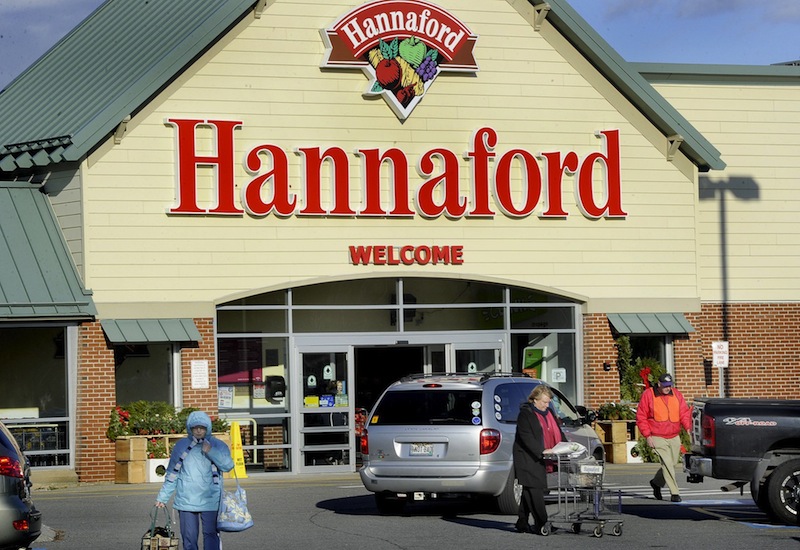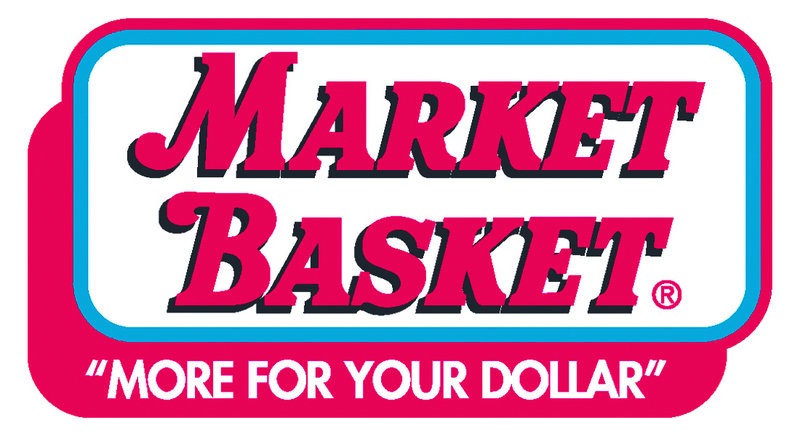Consumers in Maine could see lower prices for groceries in the next year as competition among supermarkets intensifies, analysts say.
Among the changes are the arrival of Market Basket, known for its stores’ low prices and bare-bones atmosphere.
The chain is expected to open its first Maine store in Biddeford in the fall of 2013, likely putting pressure on other grocery chains and discounters like Walmart and Target to slash prices.
Changes already are occurring in the area’s grocery industry, with Hannaford’s announcement this week of a new president and plans for two new locations, and the news earlier this year that Shaw’s may be sold and plans to cut jobs.
“Market Basket is a big, big factor” in the prospect of a more competitive grocery industry in Maine, said Mike Berger, editor of the Griffin Report of Food Marketing in Duxbury, Mass.
“Market Basket, in coming to other markets, has changed the way people shop and their expectations, and changed how rivals react. Hannaford and Shaw’s are going to have to rethink their strategy,” Berger said, with more competitive pricing, more advertising and promotions, and more efforts to keep their own costs down.
Still, Berger said, Market Basket’s potential to take business from Hannaford or Shaw’s is unknown.
“You can save a lot of money at Market Basket,” he said. “But are you willing to spend the gas money to get there? It’s unclear.”
Not every newcomer has found Maine easy to break into.
In July 2007, Stop & Shop opened its first and only Maine store in Kennebunk. The store closed just two years later, citing slow sales.
Stop & Shop’s plans for a store in Portland were abandoned and its experiment in Maine ended. The Kennebunk store later became a Hannaford.
Market Basket, which would be the first national chain to enter Maine since Trader Joe’s came to Portland in 2010, did not return calls seeking comment on opening dates or plans for more locations in Maine.
There’s a lot at stake in the grocery industry. The average shopper makes 88 food-shopping trips a year, spending a total of $5,060, according to Consumer Reports.
At the high end of the industry are specialty stores like Whole Foods and niche organic markets like Trader Joe’s. Warehouse stores and discounters make up the lower end. Traditional, mid-priced supermarkets have had competition from both sides.
Traditional supermarkets’ share of U.S. grocery sales fell to 51 percent in 2011, down from 66 percent in 2000, according to UBS analysts.
Shaw’s parent company, Supervalu Inc., said in July that it planned to sell all or part of itself, which could lead to Shaw’s being shut down or acquired by another company.
Shaw’s, which sold its stores in Connecticut in 2010, said in November that it would cut 700 jobs across New England, 4 percent of its work force.
Those developments reflect the increased pressure on traditional supermarkets.
“As consumers migrate up to Whole Foods or down to Walmart, Target or Market Basket, traditional supermarkets have been left to duke it out for the traditional grocery dollar,” said Jim Hertel, managing partner of Willard Bishop, an Illinois-based food retail consultant. “And with the economy and weak job growth and stagnant wages, the traditional grocery dollar is flat. It’s happening everywhere, not just in Maine.”
Shaw’s said competition was good for consumers.
“In general, competition helps us stay sharp and, ultimately, is good for customers,” said Shaw’s spokesman Steve Sylven. “At Shaw’s, we’re committed to providing a great shopping experience by focusing our efforts on what customers want – great customer service, a variety of quality products, top-notch sales and promotions.”
During the past year, Shaw’s has lowered prices, changed its merchandising mix and implemented several new offerings. Shaw’s said it will continue to evaluate its business and identify new ways it can provide the “great shopping experience our customers want.”
Hannaford spokesman Michael Norton said, “Competition is always good and makes all the various food retailers better.”
Hannaford is still the physical market leader in Maine, with 56 stores and two more proposed. The company has grown steadily since 2002, when it had 46 stores in Maine.
In comparison, Target has five stores in Maine, three of them with fresh-grocery sections. Walmart has 22 locations in Maine, as does Shaw’s.
Discounters like Walmart and Target are selling more groceries to lure shoppers to their stores, where most shoppers will also buy higher-margin, more profitable housewares and clothing.
According to a Consumer Reports poll released in May, Walmart and Shaw’s were the nation’s second- and third-worst rated food retailers, respectively.
Consumer Reports rated Walmart negatively in areas including customer service and cleanliness, while Shaw’s rated poorly in pricing. The worst-ranked grocery chain was Pathmark, which does not have stores in Maine.
Despite complaints about Walmart, consumers still go there for its bargains.
For the year ending Jan. 31, groceries represented 55 percent of Walmart’s $264 billion in U.S. sales, up from 41 percent four years ago.
For Target, food accounted for 19 percent of the $68 billion in sales for 2011.
Staff Writer Jessica Hall can be contacted at 791-6316 or at:
jhall@mainetoday.com
Send questions/comments to the editors.




Success. Please wait for the page to reload. If the page does not reload within 5 seconds, please refresh the page.
Enter your email and password to access comments.
Hi, to comment on stories you must . This profile is in addition to your subscription and website login.
Already have a commenting profile? .
Invalid username/password.
Please check your email to confirm and complete your registration.
Only subscribers are eligible to post comments. Please subscribe or login first for digital access. Here’s why.
Use the form below to reset your password. When you've submitted your account email, we will send an email with a reset code.